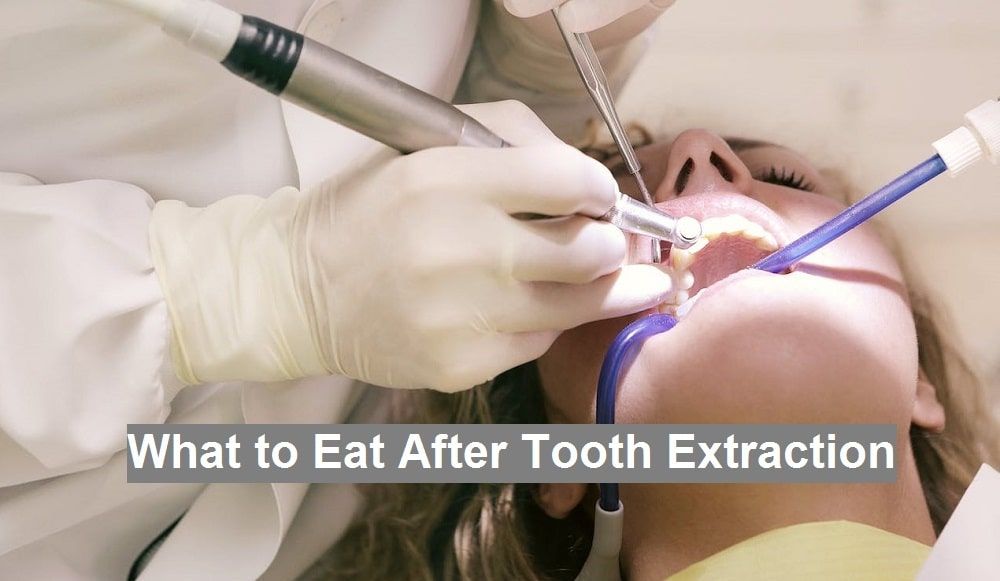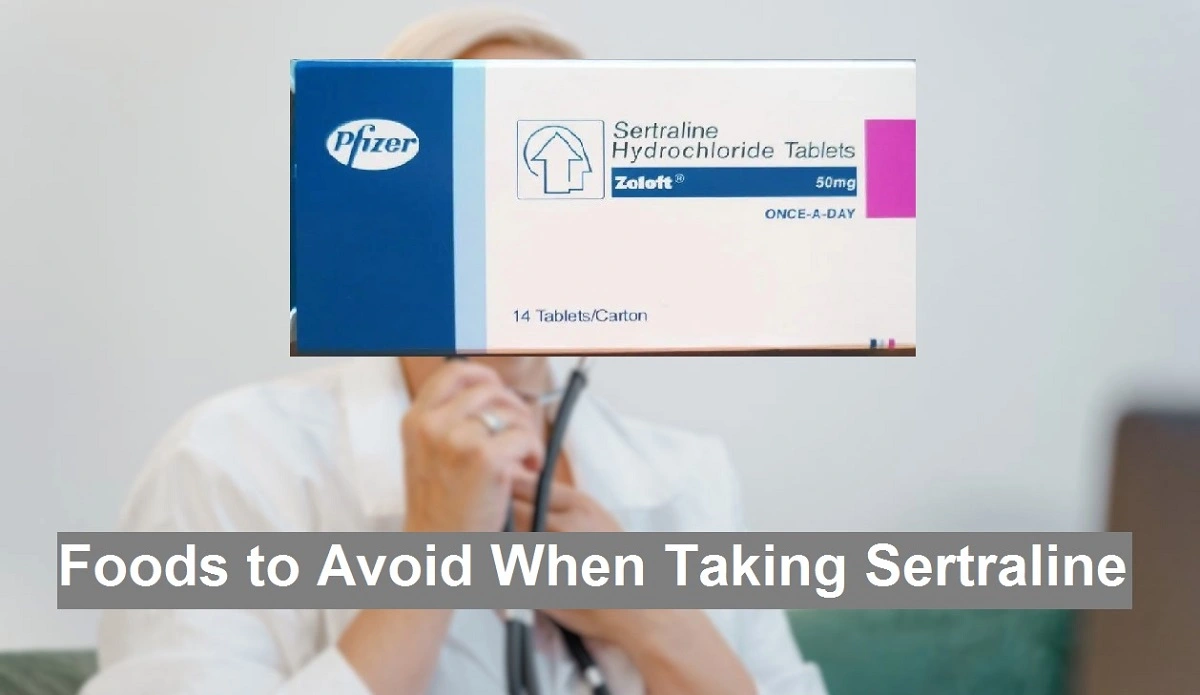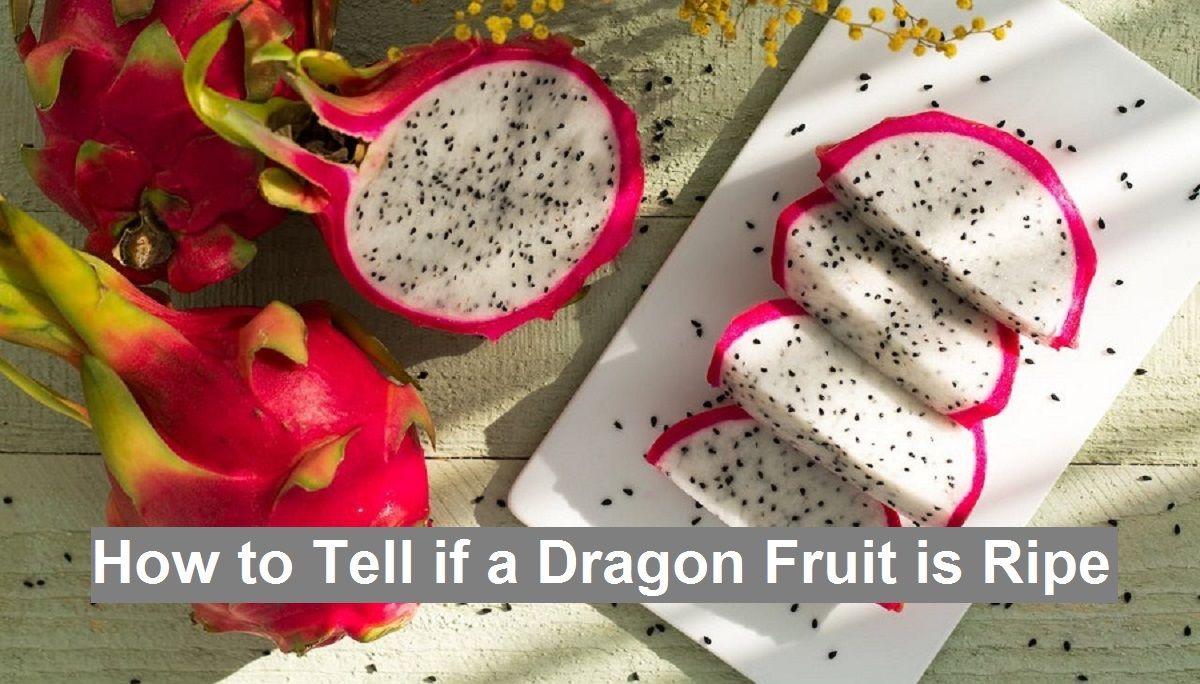Many people who have teeth do not understand the importance of teeth. Dental neglect often results in the loss of teeth. There may be other reasons for tooth loss. Whatever the reason, teething is difficult. The mouth cannot be moved properly for two or three days, food must be eaten carefully. Otherwise, the pain will increase. If you want to know what to eat after tooth extraction, this article is for you.
Having a tooth extracted can be a terrifying experience, often accompanied by discomfort and temporary food restrictions. Although the thought of limiting your food choices may seem uncomfortable, following a proper diet after tooth extraction is crucial to promoting healing and minimizing complications.
Foods to Eat After Tooth Extraction
What do you think, what can I eat after tooth extraction? During the first 24-48 hours after tooth extraction, it is recommended to stick to a liquid diet. This allows your face to rest and reduces the risk of blood clots. Now we will mention what to eat after tooth extraction
1. Soft Scrambled Eggs
Soft scrambled eggs are a protein-rich and easily digestible option. It provides essential nutrients for healing without stressing your jaw.
2. Mashed Potatoes
Mashed potatoes are a classic choice for a post-tooth extraction meal. They are soft, easy to eat and can be flavored with butter or light gravy for extra flavor.
3. Yogurt
Choose plain, non-acidic yogurt to introduce probiotics that aid digestion and improve oral health. Avoid varieties with added sugars, as they can irritate the surgical site.
4. Applesauce
Applesauce is very easy to eat. It is rich in antioxidants and vitamins. Choose unsweetened applesauce to avoid any unnecessary sugar.
5. Smoothies
Mixing fruit, yogurt, and a liquid base (such as milk or almond milk) creates a nutrient-packed and easy-to-eat meal. But be careful if there are seeds and choose soft fruit to avoid irritation.
6. Oatmeal
Opt for a warm bowl of oatmeal, which is not only soft but also high in fiber. Add some honey or mashed banana for sweetness.
7. Cottage Cheese
Cottage cheese is another protein-rich food. After tooth extraction, you can mix it with honey and eat it.
8. Avocado
Mashed avocado is not only soft but also packed with healthy fats and essential nutrients. Spread it on soft bread or eat it by itself.
9. Pureed Soups
Soups are a great way to stay hydrated while getting essential nutrients. Choose smooth, pure options like butternut squash or tomato soup.
10. Pudding
Indulge in a smooth and creamy pudding for a sweet treat that requires minimal effort to eat. Choose options without crunchy add-ins.
11. Ice Cream (Soft Varieties)
Although moderation is important, eating soft-serve ice cream can relieve sore gums. Opt for flavor without nuts or crunchy bits.
12. Rice
Cooked rice is a versatile and easily digestible source of carbohydrates. Pair it with soft vegetables for added nutrition.
13. Custard
A smooth and velvety, custard can be eaten after extraction that is gentle on your healing gums. It is a rich calcium source as well.
14. Hummus
Hummus is a nutritious and soft alternative that can be spread on soft bread or eaten with cooked vegetables. It offers a healthy serving of protein as well.
15. Canned Fruit
Choose canned fruit in natural juice for a soft and refreshing option. Make sure fruits are cut into small, bite-sized pieces so that there is no stress on your jaw.
16. Cheese
Soft cheeses such as brie or cream cheese can be eaten in moderation. They provide protein and calcium needed for the healing process.
17. Pasta
Choose well-cooked pasta with a mild sauce for a filling and easy-to-chew meal. Avoid spicy or acidic sauces that can irritate the surgical site.
18. Soft Fish
Fish like salmon or tilapia, when cooked to a flaky texture, can provide a good source of omega-3 fatty acids and protein.
19. Mashed Sweet Potatoes
In addition to being tasty, sweet potatoes are a great source of vitamins and minerals. Mash them for a soft and nutritious side dish.
20. Nutrient-Rich Smoothie Bowls
Blend together soft fruit, yogurt, and a liquid base to create a nutrient-rich smoothie bowl. Top with granola or nuts for texture, making sure they’re finely chopped to avoid any pressure on your jaw.
Read More – Best 10 Natural Ways to Teeth Whitening at Your Home
Foods to avoid after tooth extraction
While healing your mouth, it is very important to avoid certain foods that can irritate the extraction site and hinder the healing process. These include:
- Hard foods: Hard foods like nuts, seeds, pretzels, and popcorn can cause blood clots and pain.
- Crunchy foods: Crunchy foods such as chips, crackers, and raw vegetables can scratch the healing tissue.
- Sticky foods: Sticky foods like caramel, gum, and honey can get stuck in the drainage area and increase the risk of infection.
- Hot or spicy foods: Hot or spicy foods can irritate the extraction site and cause discomfort.
- Acidic foods: Acidic foods like citrus fruits and tomatoes can also irritate the drainage area.
Staying hydrated is essential for overall health and recovery after tooth extraction. Water should be your primary drink, and you can also drink clear broths, herbal teas, and caffeine-free sodas. Avoid sugary drinks, as they can contribute to inflammation.
Additional tips for a successful soft diet
- Eat smaller, more frequent meals: Instead of three large meals, choose smaller, more frequent meals throughout the day. This will help you feel less full and reduce pressure on the drainage site.
- Cut food into smaller pieces: Even with soft foods, cutting them into smaller pieces makes them easier to chew and swallow.
- Cook food thoroughly: Overcooked food is softer and easier to digest, reducing the need for excessive chewing.
- Avoid using straws: Suctioning from a straw can cause blood clots and slow healing. Use a spoon or cup to drink from instead.
- Gently rinse your mouth after meals: Use warm water and a soft-bristled toothbrush to gently rinse your mouth after meals. Avoid vigorous brushing or flossing directly around the extraction site.
Related Article – Fastest way to Cure Staph Infection
Conclusion
Hopefully, you know what can you eat after tooth extraction. Recovery from tooth extraction requires patience and adherence to a soft diet. By following these guidelines and choosing nutritious, easy-to-eat foods, you can maintain your overall health and promote healing while you recover from your oral procedure. Remember, if you experience any discomfort or concern, consult your dentist immediately.




